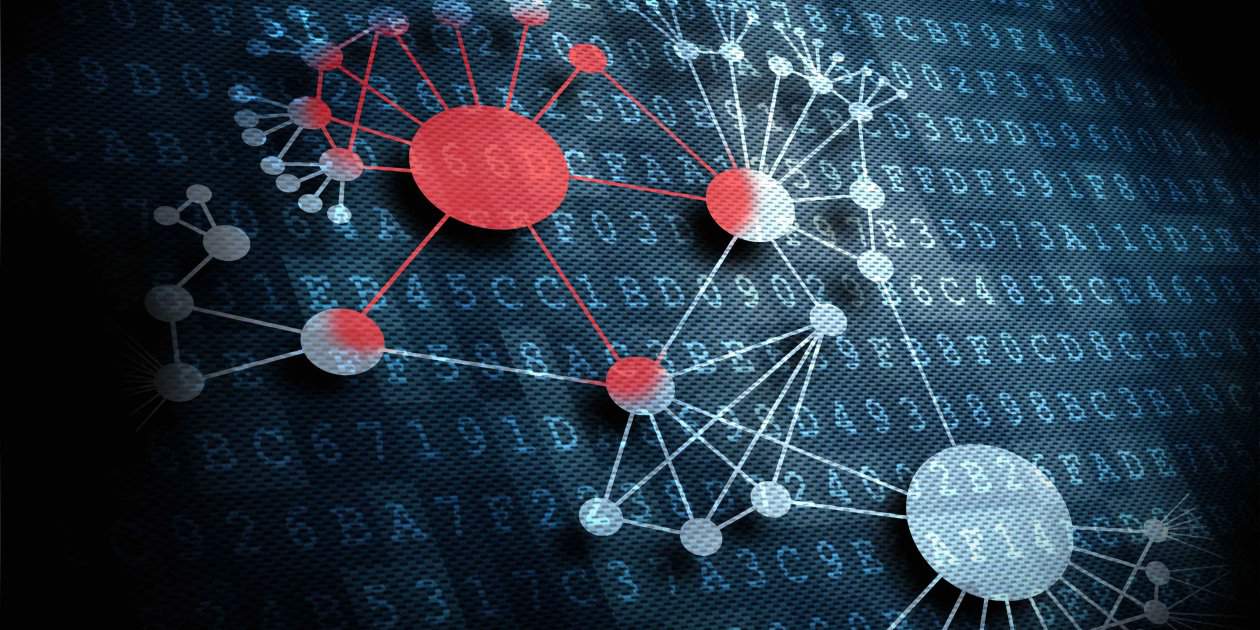
In today’s rapidly evolving digital landscape, hybrid cyber security has become indispensable, especially with the rise of hybrid work models. As organizations embrace the flexibility of remote and onsite work, they must also fortify their cyber defenses to adapt to this new paradigm.
Hybrid cyber security entails a dynamic approach that combines traditional and modern techniques to safeguard sensitive data and systems across diverse environments. It integrates robust perimeter defenses with advanced endpoint protection, cloud security measures, and user behavior analytics to create a multi-layered defense strategy.
Hybrid work model
In a hybrid work model, employees access company networks and data from various locations using a myriad of devices, posing significant challenges for cybersecurity. It necessitates implementing robust authentication protocols, such as multi-factor authentication (MFA), to verify users’ identities and prevent unauthorized access.
Moreover, endpoint security becomes paramount in a hybrid environment, as endpoints serve as entry points for cyber threats. Employing next-generation antivirus software, endpoint detection and response (EDR) solutions, and regular patch management can mitigate risks associated with endpoint vulnerabilities.
Hybrid cyber security
Cloud security is another crucial aspect of hybrid cyber security, as organizations increasingly rely on cloud services for data storage and application hosting. Implementing encryption, access controls, and continuous monitoring can help safeguard data stored in the cloud and prevent unauthorized access or data breaches.
Furthermore, educating employees about cyber threats and best practices for remote work is essential in mitigating human error-related risks. Regular cybersecurity training sessions and simulated phishing exercises can enhance employees’ awareness and empower them to recognize and report potential security threats.
In conclusion, hybrid cyber security is imperative in ensuring the safety and integrity of organizational data and systems in today’s hybrid work environment. By adopting a comprehensive approach that integrates traditional security measures with modern techniques, organizations can effectively mitigate cyber risks and safeguard their digital assets against evolving threats.
As cyber threats continue to evolve in complexity and scale, organizations must adopt robust and comprehensive security strategies to protect their digital assets. In 2024, a multi-faceted approach combining hybrid security models, Endpoint Detection and Response (EDR) solutions, threat intelligence, and ransomware protection has become essential. This article explores these key components and their significance in the modern cyber security landscape.
Cohesive defense strategy
The hybrid security model integrates both traditional on-premises security measures and modern cloud-based solutions to provide a cohesive defense strategy. As businesses increasingly adopt cloud services, the hybrid model offers the flexibility and scalability needed to protect diverse environments. This model enables organizations to leverage the strengths of both worlds: the control and customization of on-premises solutions and the agility and advanced capabilities of cloud-based security services.
In a hybrid security model, businesses can deploy robust firewalls, intrusion detection systems (IDS), and secure access controls on-premises while utilizing cloud-based solutions for threat detection, data encryption, and continuous monitoring. This dual approach ensures that sensitive data and critical applications are protected regardless of their location, enhancing overall security posture.
Endpoint Detection and Response (EDR)
EDR solutions play a crucial role in modern cyber security by providing advanced capabilities for detecting, investigating, and responding to threats at the endpoint level. Endpoints, such as laptops, desktops, and mobile devices, are often the primary targets for cyber attacks. EDR tools continuously monitor these endpoints for suspicious activities, providing real-time visibility into potential threats.
EDR solutions use behavioral analysis and machine learning to identify anomalies and potential threats. When a threat is detected, the EDR system can automatically isolate the compromised endpoint, preventing the spread of malware or other malicious activities. Additionally, EDR tools offer forensic capabilities, enabling security teams to analyze the attack’s origin, method, and impact, which is essential for improving defenses and preventing future incidents.
By integrating EDR with other security measures, organizations can create a comprehensive defense strategy that enhances their ability to detect and respond to advanced threats. EDR solutions are particularly effective in protecting against sophisticated attacks that bypass traditional security measures, such as zero-day exploits and fileless malware.
Threat Intelligence
Threat intelligence involves the collection, analysis, and dissemination of information about current and emerging cyber threats. This information helps organizations understand the threat landscape and make informed decisions about their security strategies. Threat intelligence sources include threat feeds, security reports, and insights from industry peers and security experts.
Incorporating threat intelligence into a security strategy allows organizations to proactively identify and mitigate potential threats before they can cause significant damage. By staying informed about the latest attack techniques, malware variants, and threat actors, security teams can adjust their defenses and prioritize their response efforts.
Threat intelligence can be integrated into various security tools and processes, such as firewalls, EDR solutions, and security information and event management (SIEM) systems. This integration enables automated threat detection and response, reducing the time and effort required to address security incidents. Furthermore, threat intelligence sharing among organizations and industries enhances collective defense by enabling a coordinated response to widespread threats.
Ransomware Protection
Ransomware remains one of the most pervasive and damaging cyber threats in 2024. This type of malware encrypts an organization’s data, rendering it inaccessible until a ransom is paid. Ransomware attacks can cripple businesses, leading to significant financial losses and reputational damage. Therefore, robust ransomware protection is a critical component of any comprehensive cyber security strategy.
Effective ransomware protection involves a multi-layered approach that includes:
- Regular Backups: Maintaining up-to-date backups of critical data ensures that organizations can recover quickly from a ransomware attack without paying the ransom. These backups should be stored securely and tested regularly to ensure their integrity.
- Endpoint Security: EDR solutions and anti-malware software can detect and block ransomware before it can execute. These tools use behavioral analysis to identify ransomware activities, such as rapid encryption of files.
- Email Security: Since ransomware often spreads through phishing emails, implementing robust email security measures, such as spam filters and phishing detection, can prevent ransomware from reaching users’ inboxes.
- User Training: Educating employees about the risks of ransomware and safe online practices is crucial. Users should be trained to recognize phishing attempts and avoid clicking on suspicious links or attachments.
- Network Segmentation: Dividing the network into segments can limit the spread of ransomware within the organization, preventing it from affecting the entire infrastructure.
By combining these measures with advanced detection and response capabilities, organizations can significantly reduce the risk of falling victim to ransomware attacks.
In 2024, the cyber security landscape demands a holistic approach to protect against evolving threats. The hybrid security model, EDR solutions, threat intelligence, and comprehensive ransomware protection are essential components of a robust defense strategy. By integrating these elements, organizations can enhance their ability to detect, prevent, and respond to cyber threats, ensuring the safety and integrity of their digital assets in an increasingly hostile cyber environment.

